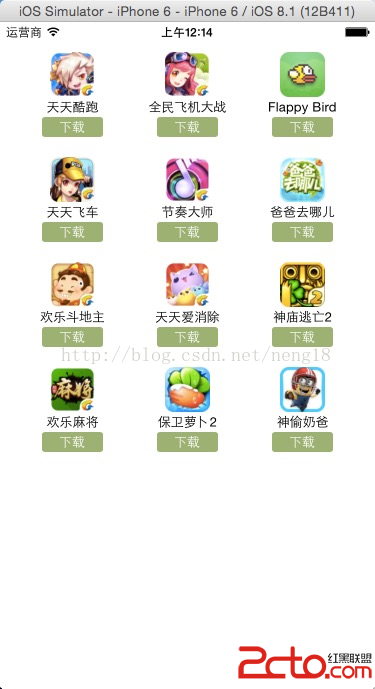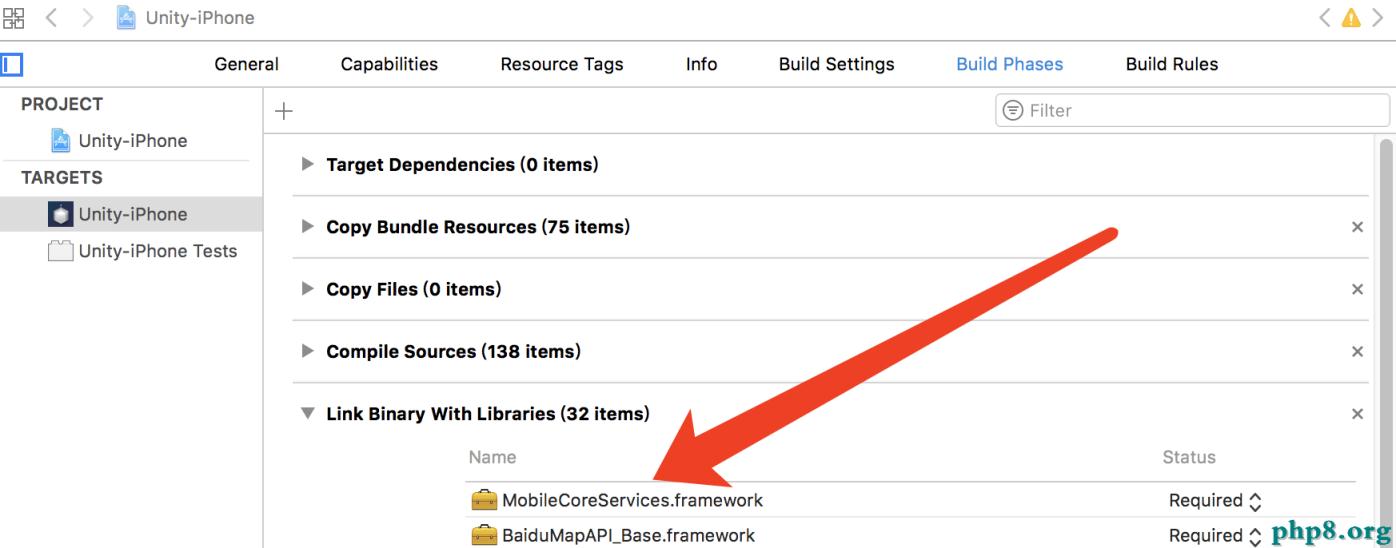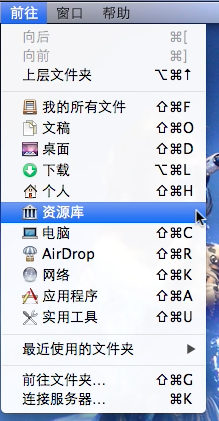老生常談iOS應用程序生命周期
開發應用程序都要了解其生命周期。
今天我們接觸一下iOS應用程序的生命周期, iOS的入口在main.m文件:
int main(int argc, char * argv[]) {
@autoreleasepool {
return UIApplicationMain(argc, argv, nil, NSStringFromClass([AppDelegate class]));
}
}
main函數的兩個參數,iOS中沒有用到,包括這兩個參數是為了與標准ANSI C保持一致。UIApplicationMain函數,前兩個和main函數一樣,重點是後兩個,官方說明是這樣的:
// If nil is specified for principalClassName, the value for NSPrincipalClass from the Info.plist is used. If there is no // NSPrincipalClass key specified, the UIApplication class is used. The delegate class will be instantiated using init. UIKIT_EXTERN int UIApplicationMain(int argc, char *argv[], NSString * __nullable principalClassName, NSString * __nullable delegateClassName);
如果主要類(principal class)為nil,將從Info.plist中獲取,如果Info.plist中不存在對應的key,則默認為UIApplication;如果代理類(delegate class)將在新建工程時創建。
根據UIApplicationMain函數,程序將進入AppDelegate.m,這個文件是xcode新建工程時自動生成的。
應用程序的生命周期(AppDelegate.m):
- (BOOL)application:(UIApplication *)application didFinishLaunchingWithOptions:(NSDictionary *)launchOptions {
// Override point for customization after application launch.
NSLog(@"iOS_didFinishLaunchingWithOptions");
return YES;
}
- (void)applicationWillResignActive:(UIApplication *)application {
// Sent when the application is about to move from active to inactive state. This can occur for certain types of temporary interruptions (such as an incoming phone call or SMS message) or when the user quits the application and it begins the transition to the background state.
// Use this method to pause ongoing tasks, disable timers, and throttle down OpenGL ES frame rates. Games should use this method to pause the game.
NSLog(@"iOS_applicationWillResignActive");
}
- (void)applicationDidEnterBackground:(UIApplication *)application {
// Use this method to release shared resources, save user data, invalidate timers, and store enough application state information to restore your application to its current state in case it is terminated later.
// If your application supports background execution, this method is called instead of applicationWillTerminate: when the user quits.
NSLog(@"iOS_applicationDidEnterBackground");
}
- (void)applicationWillEnterForeground:(UIApplication *)application {
// Called as part of the transition from the background to the inactive state; here you can undo many of the changes made on entering the background.
NSLog(@"iOS_applicationWillEnterForeground");
}
- (void)applicationDidBecomeActive:(UIApplication *)application {
// Restart any tasks that were paused (or not yet started) while the application was inactive. If the application was previously in the background, optionally refresh the user interface.
NSLog(@"iOS_applicationDidBecomeActive");
}
- (void)applicationWillTerminate:(UIApplication *)application {
// Called when the application is about to terminate. Save data if appropriate. See also applicationDidEnterBackground:.
NSLog(@"iOS_applicationWillTerminate");
}
1、application didFinishLaunchingWithOptions:當應用程序啟動時執行,應用程序啟動入口,只在應用程序啟動時執行一次。若用戶直接啟動,lauchOptions內無數據,若通過其他方式啟動,lauchOptions包含對應方式的內容。
2、applicationWillResignActive:在應用程序將要由活動狀態切換到非活動狀態時候,要執行的委托調用,如 按下 home 按鈕,返回主屏幕,或全屏之間切換應用程序等。
3、applicationDidEnterBackground:在應用程序已進入後台程序時,要執行的委托調用。
4、applicationWillEnterForeground:在應用程序將要進入前台時(被激活),要執行的委托調用,剛好與applicationWillResignActive 方法相對應。
5、applicationDidBecomeActive:在應用程序已被激活後,要執行的委托調用,剛好與applicationDidEnterBackground 方法相對應。
6、applicationWillTerminate:在應用程序要完全推出的時候,要執行的委托調用,這個需要要設置UIApplicationExitsOnSuspend的鍵值。
初次啟動:
2013-05-24 20:20:31.550 LifeIOS[451:c07] iOS_didFinishLaunchingWithOptions
2013-05-24 20:20:31.551 LifeIOS[451:c07] iOS_applicationDidBecomeActive
按下home鍵:
2013-05-24 20:22:17.349 LifeIOS[451:c07] iOS_applicationWillResignActive
2013-05-24 20:22:17.350 LifeIOS[451:c07] iOS_applicationDidEnterBackground
點擊程序圖標進入:
2013-05-24 20:22:56.913 LifeIOS[451:c07] iOS_applicationWillEnterForeground
2013-05-24 20:22:56.914 LifeIOS[451:c07] iOS_applicationDidBecomeActive

程序中沒有設置UIApplicationExitsOnSuspend的值,程序不會徹底退出。
以上這篇老生常談iOS應用程序生命周期就是小編分享給大家的全部內容了,希望能給大家一個參考,也希望大家多多支持本站。




